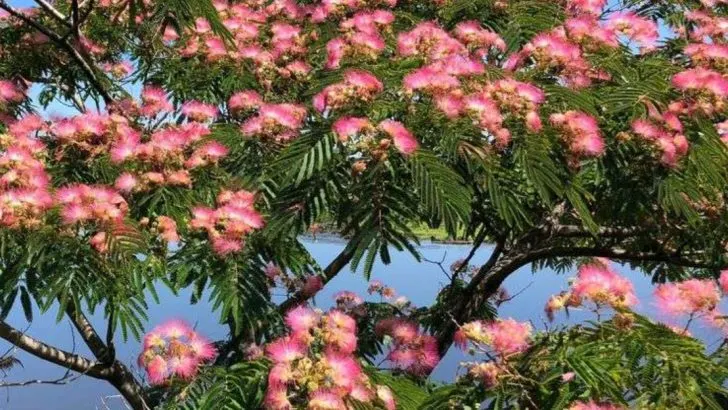Planting trees too close to your home can lead to serious problems, from foundation damage to clogged pipes and falling branches. While trees provide shade, beauty, and even energy savings, some species have aggressive roots, brittle wood, or invasive tendencies that make them risky choices near buildings. To help you make the best landscaping decisions, here are 13 popular trees you should never plant too close to your house – along with better alternatives.
Willow
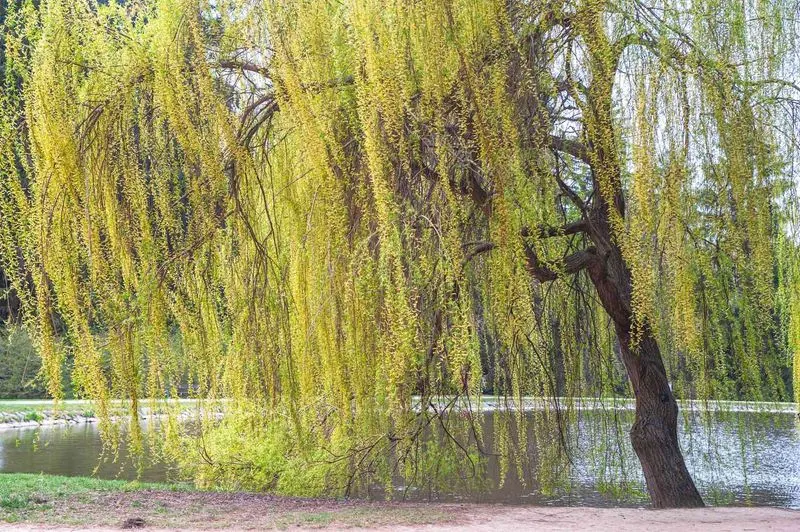
With their graceful, drooping branches, willows are undeniably beautiful. However, their roots are incredibly invasive, seeking water aggressively and often damaging underground pipes and drains. Their constant search for moisture makes them a poor choice for planting near homes. Homeowners have reported cracks in foundations and clogged drains as a result of these roots. When considering planting near structures, it’s wise to admire willows from a distance, ideally near a water source where they can thrive without causing havoc. This tree’s beauty can be appreciated in larger spaces, away from critical infrastructure.
Silver Maple
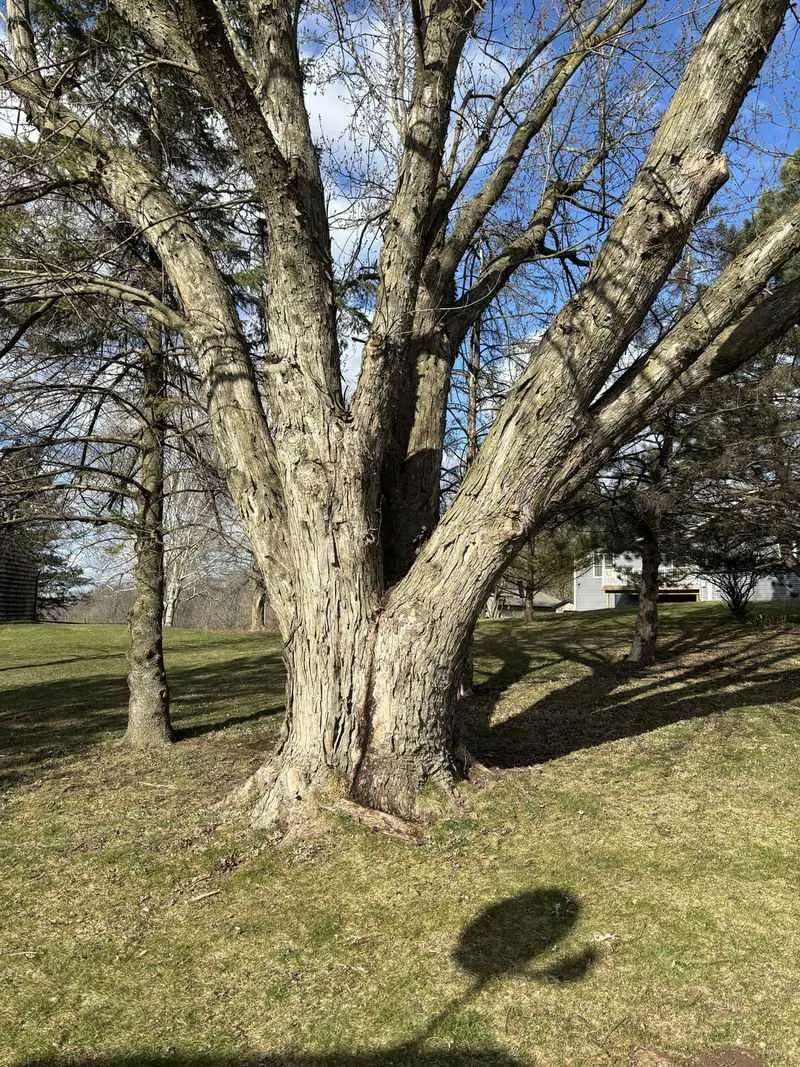
Silver maples grow quickly, providing shade in just a few short years. Unfortunately, their rapid growth comes with a price: weak wood that breaks easily in storms, posing a risk to nearby structures. Additionally, their shallow roots can spread far and wide, often lifting sidewalks and damaging driveways. These roots can also invade sewer lines, leading to costly repairs. While silver maples can be stunning in parks or expansive yards, they are best avoided in smaller residential areas where space is limited and structures are nearby, ensuring a safer environment.
Ash
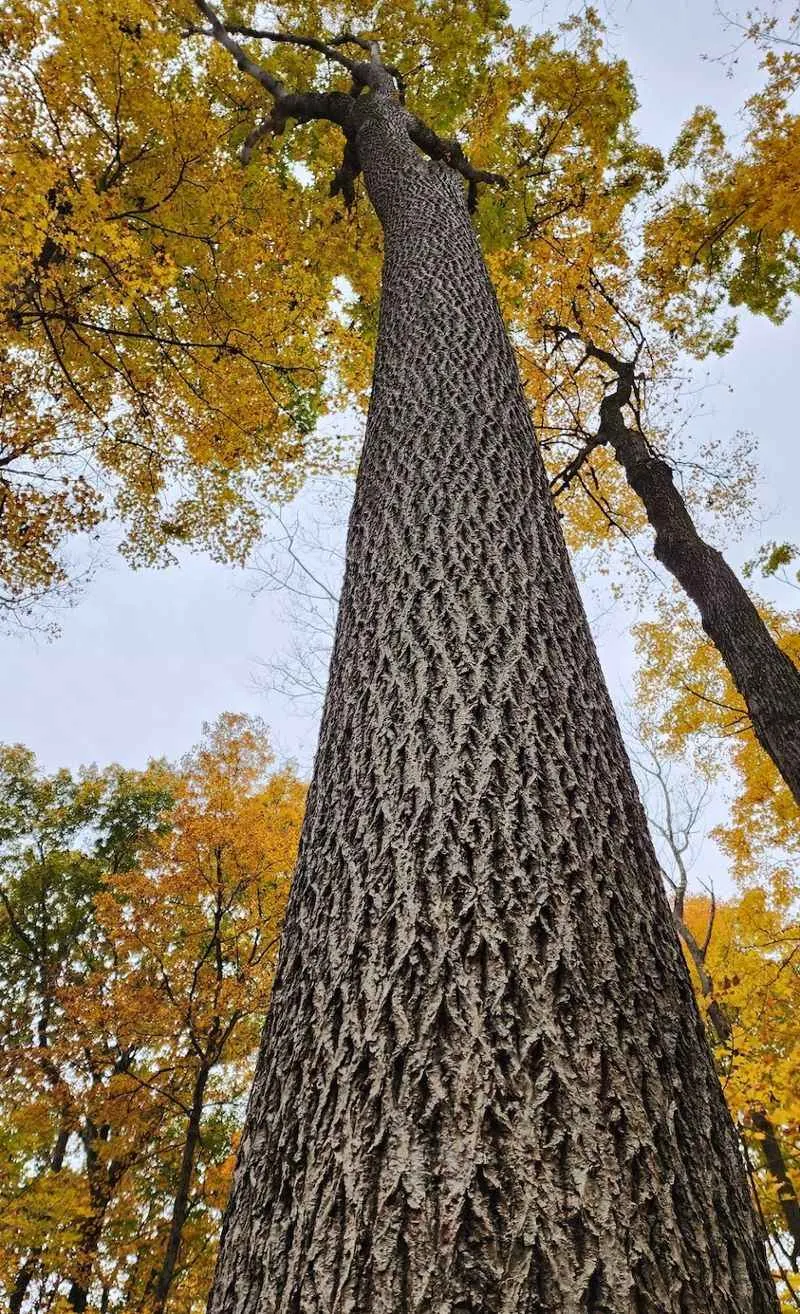
The ash tree is known for its attractive appearance and shade-providing capabilities. Despite these benefits, it’s highly susceptible to the emerald ash borer, a pest that can devastate ash populations. Ailing trees can become hazardous, with weakened branches that risk falling on homes or power lines. Furthermore, their roots might interfere with foundations, potentially causing structural issues. For those with limited space, it may be better to opt for trees with stronger pest resistance. Ash trees are more suited for areas where they can be regularly monitored and maintained without endangering property.
Eucalyptus
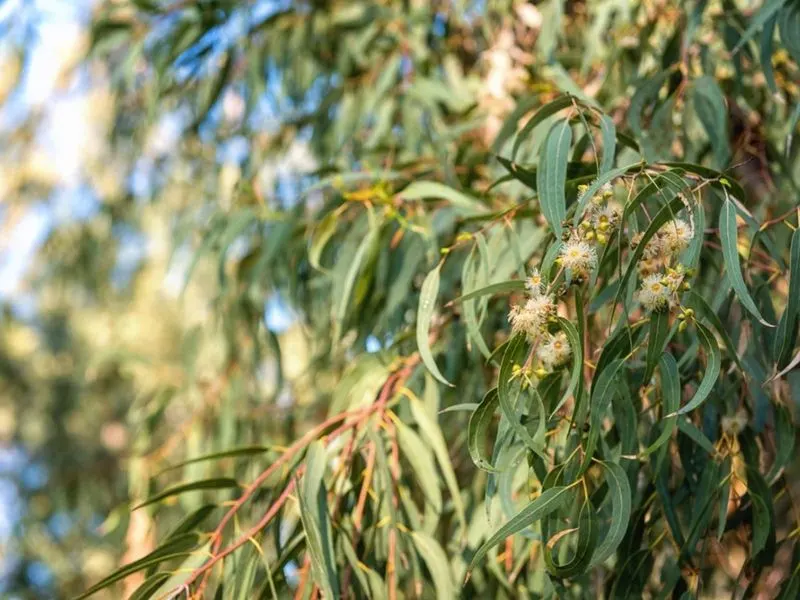
Eucalyptus trees, native to Australia, are favored for their aromatic leaves and fast growth. Yet, their potential for shedding bark and dropping limbs unexpectedly can present hazards, especially near homes. The tree’s oil-rich leaves are highly flammable, posing a fire risk in dry conditions. They also consume a lot of water, which can strain resources in drought-prone areas. Homeowners should consider the potential dangers and maintenance challenges before planting eucalyptus near structures. Ideally, these trees are better suited to larger, open areas where the risks to buildings and inhabitants are minimized.
Poplar
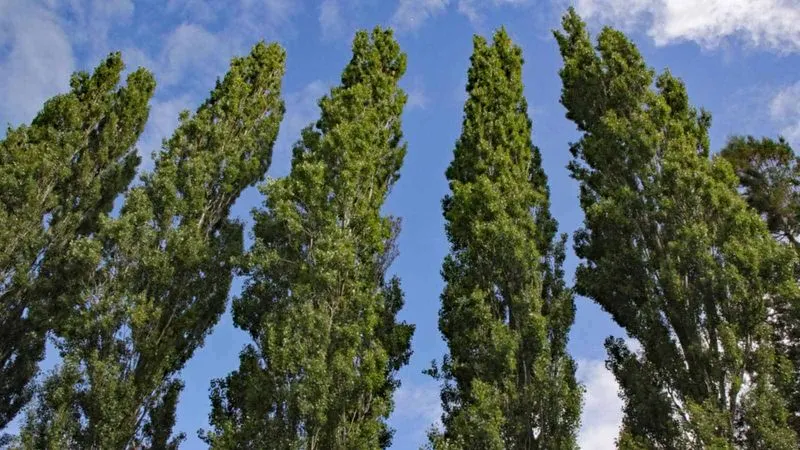
Poplars are chosen for their rapid growth and towering stature, providing quick privacy and shade. However, their fast-growing roots are notoriously invasive, often causing damage to foundations and underground utilities. The wood of poplar trees is also relatively weak, making them susceptible to breakage during storms. This combination of factors can lead to significant maintenance costs and potential hazards. For those needing quick growing trees, it’s advisable to explore alternatives that offer robust growth without the associated risks of structural damage and maintenance challenges. Poplars are best in open spaces.
Bradford Pear
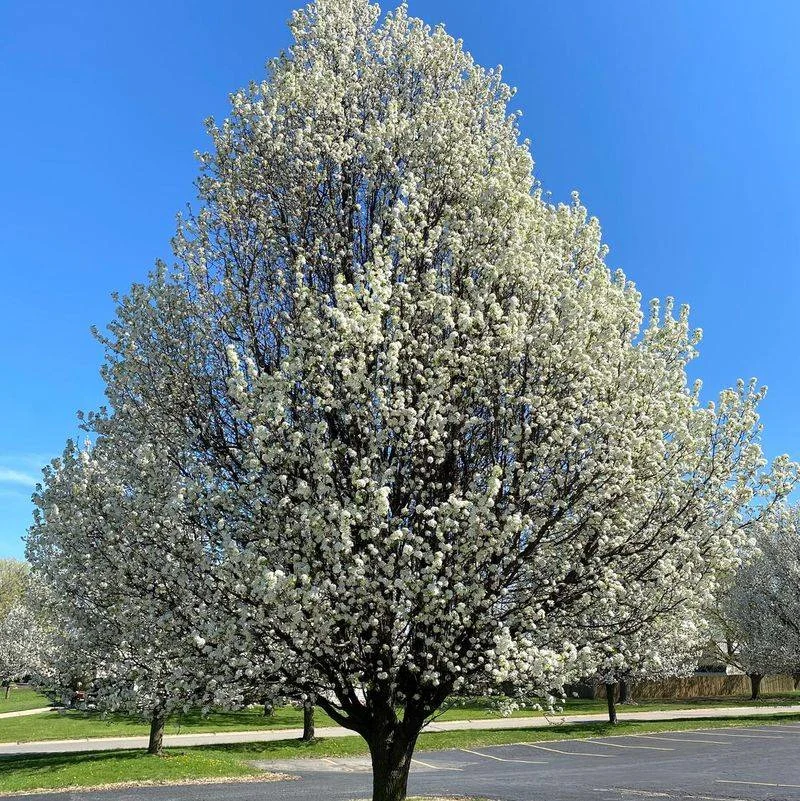
Bradford pears are known for their stunning spring blossoms, but these trees can be problematic. Their branches tend to grow at narrow, weak angles, making them prone to splitting during storms. This can result in damage to nearby structures and potential injury. Additionally, their rapid growth leads to a dense canopy that can shade out other plants. The tree’s prolific nature means it often spreads beyond intended areas, becoming invasive. Homeowners seeking beautiful spring blooms might consider more structurally sound alternatives that provide similar aesthetics without the risks and maintenance headaches.
Black Walnut
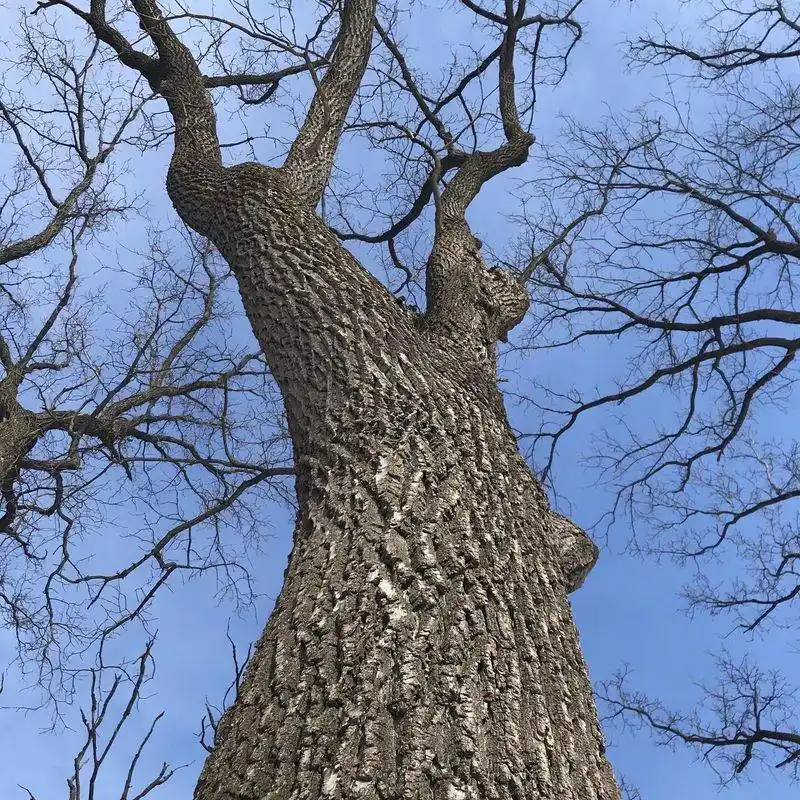
The black walnut tree is prized for its valuable wood and hearty appearance. However, it releases a chemical called juglone, which can be toxic to many surrounding plants, potentially killing off garden vegetation. Its large, heavy nuts can also pose a mess and a hazard when falling. The tree’s extensive root system may interfere with foundations and underground pipes. For those who enjoy gardening, the challenges of planting near black walnuts can be significant. Consideration of the effects on surrounding flora is crucial when deciding on tree placement in residential areas.
Mimosa
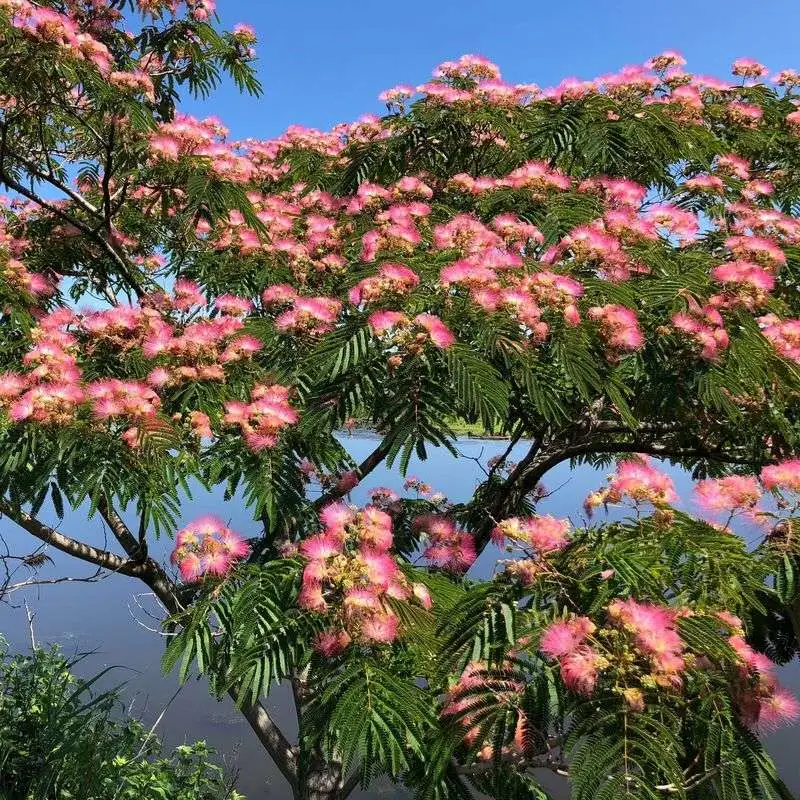
Mimosa trees, with their delicate, fern-like leaves and pink blossoms, are quite appealing. Despite their beauty, they are highly invasive and known to spread quickly, often overtaking native plants. Their seeds can germinate prolifically, leading to maintenance issues and unwanted spread in gardens. The wood is also brittle, making it prone to storm damage. Those considering planting mimosas should weigh the aesthetic benefits against potential ecological impacts and structural hazards. They are better suited for controlled environments where their growth can be managed effectively without impacting local biodiversity or property safety.
Norway Maple
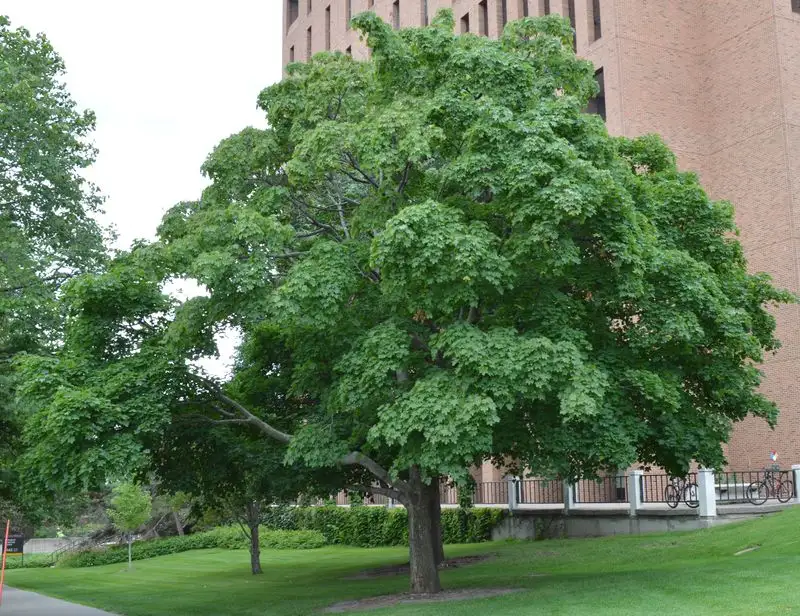
Norway maples are favored for their dense foliage, providing ample shade. However, this dense canopy can prevent sunlight from reaching other plants, making it difficult for grass and garden beds to thrive beneath. The tree’s roots are also extensive and shallow, often competing with nearby plants for nutrients and water. This can lead to soil erosion and an unsightly, exposed root system. While they can be attractive in large parks or open spaces, homeowners might look elsewhere for trees that support a more balanced garden ecosystem without overbearing competition for resources.
Sweet Gum
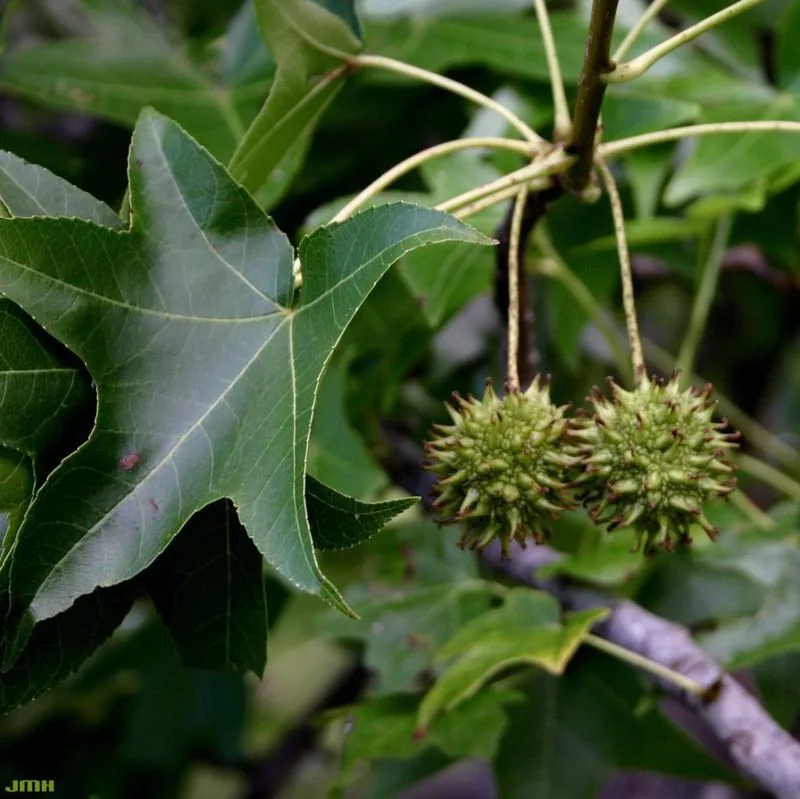
Sweet gum trees boast vibrant fall colors and unique star-shaped leaves. However, their hard, spiky seed pods can become a nuisance when littering lawns and pathways, posing a challenge for maintenance. Additionally, the roots can be aggressive, leading to potential damage to sidewalks and driveways. These factors make them less suitable for residential areas where minimal upkeep is desired. Those who appreciate seasonal color might find better options that do not bring the associated debris and root concerns. Sweet gum trees are more fitting for large, open areas where their beauty can be enjoyed with fewer drawbacks.
Russian Olive
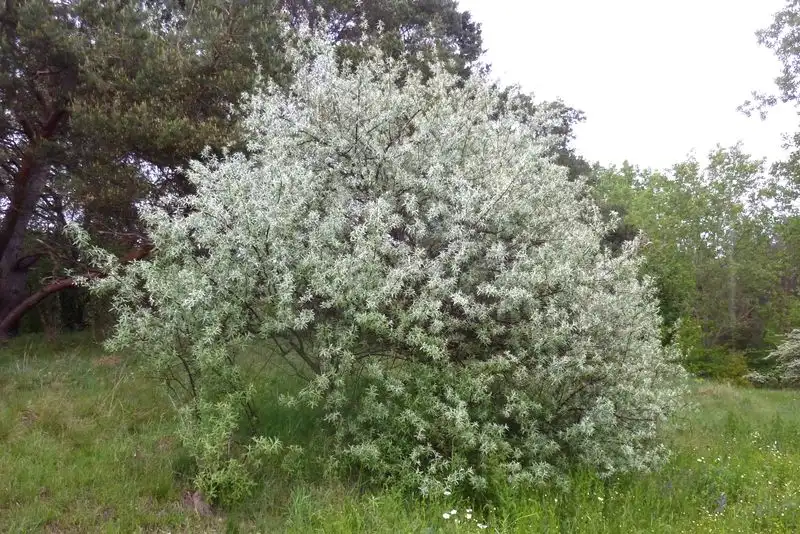
Russian olive trees are admired for their silvery leaves and hardy nature. Despite these features, they are considered invasive in many regions, spreading rapidly and displacing native vegetation. Their thorns can be a hazard to children and pets, and their dense growth can block views and sunlight. The tree’s roots are also tough on nearby plant life, often outcompeting them for nutrients. For those in regions where it is invasive, planting Russian olives can lead to ecological imbalances. It’s advisable to seek native alternatives that offer similar aesthetics without the invasive tendencies and maintenance issues.
Tree of Heaven
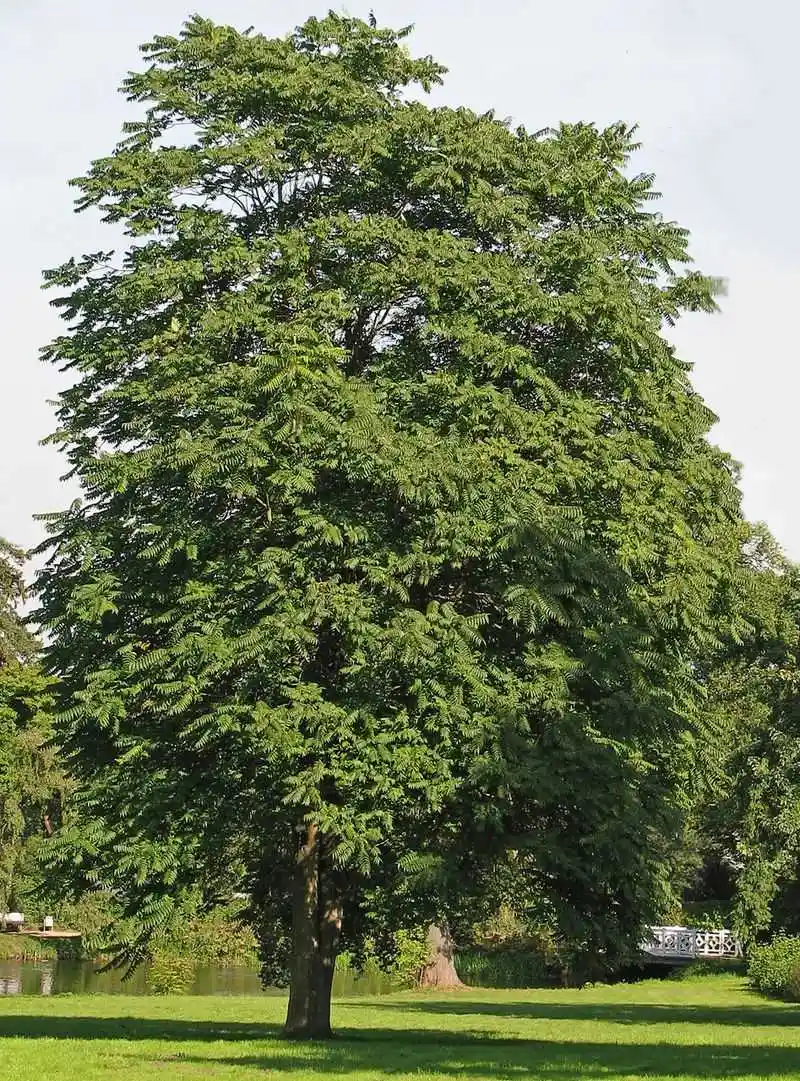
The Tree of Heaven grows quickly and can thrive in poor soil, making it a robust urban option. However, it emits a strong odor that many find unpleasant, and its roots can be aggressive, damaging sidewalks and foundations. This tree is also known for producing abundant seeds, leading to unwanted spread and competition with native plants. Its rapid growth and hardy nature often make it more trouble than it’s worth in residential settings. When considering trees for urban areas, selecting species that are both non-invasive and less odorous can provide a more pleasant environment.
Mulberry
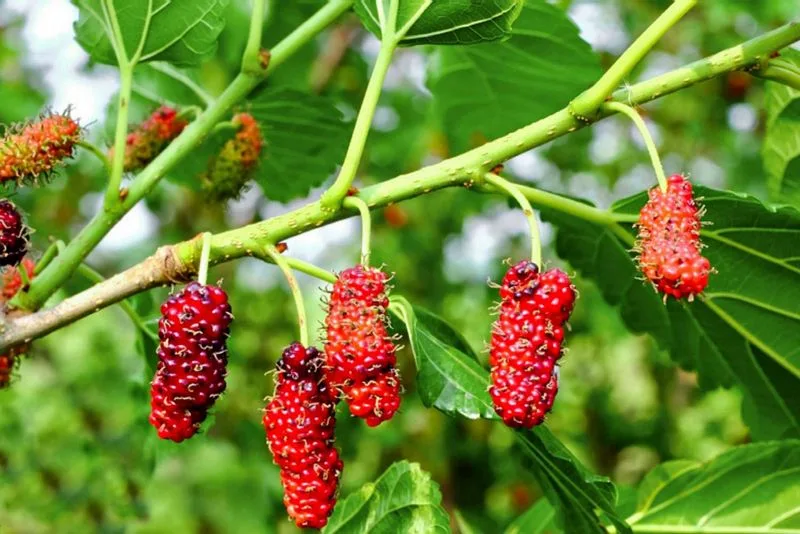
Mulberry trees are appreciated for their sweet, edible berries. Yet, these fruits can become a major inconvenience when they fall, staining driveways, patios, and cars. The cleanup required can be extensive, especially during peak fruiting season. Additionally, their roots tend to spread invasively, potentially causing damage to foundations and pavement. The tree can also attract a large number of birds and insects, which some homeowners might find undesirable. For those interested in fruit trees, considering species with less mess and more manageable growth patterns might be wise, avoiding the pitfalls of mulberry planting.

